A powerful earthquake struck Morocco's High Atlas mountains late Friday (September 8), killing hundreds and destroying buildings from Atlas villages to the red city of Marrakech.
At least 296 people were killed in provinces near the epicenter, according to the Moroccan Interior Ministry. Most of the deaths occurred in hard-to-reach mountainous areas, according to a local official. Another 153 injured people were taken to hospitals for treatment.
Moroccans posted videos showing buildings reduced to rubble. Part of the famous red wall surrounding the old city of Marrakech - a UNESCO World Heritage Site - was also damaged.

“I could see the buildings moving. Then I went outside and there were a lot of people there. Everyone was shocked and scared. Children were crying, their parents were confused,” said one resident.
Montasir Itri, a resident of the mountainous village of Asni near the epicenter, said most of the houses there had been damaged. “Our neighbors are under the rubble and people are trying to rescue them using the means available in the village,” Itri said.
Abderrahim Ait Daoud, mayor of Talat N'Yaaqoub, said authorities were working to clear roads in Al Haouz province for ambulances to pass through and provide aid to affected residents. However, the large distances between mountain villages meant it was taking time to assess the extent of the damage.
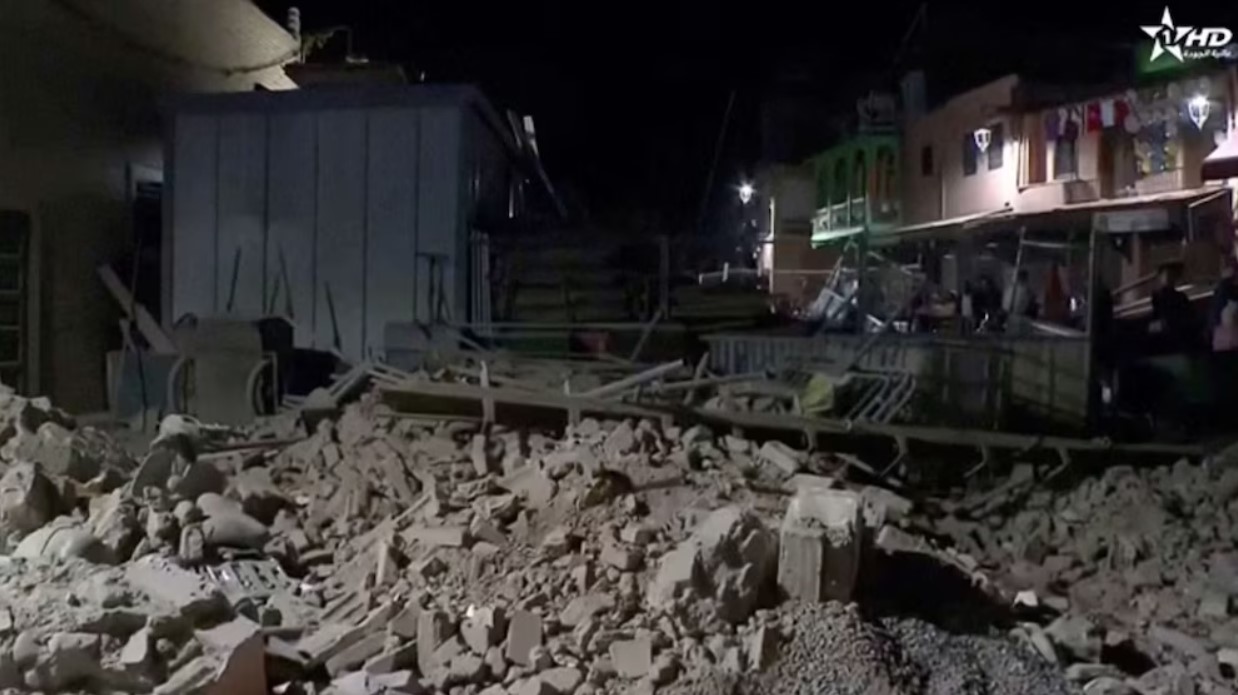
The earthquake on September 8 damaged buildings in major cities and sent panicked people pouring into the streets and alleys from Rabat to Marrakech. Photo: ABC News
The Moroccan Geophysical Center said the earthquake occurred in the Ighil area of the High Atlas with a magnitude of 7.2. Meanwhile, the US Geological Survey (USGS) said the first earthquake occurred at 11:11 p.m. on September 8 (5:11 a.m. on September 9 in Vietnam) with a magnitude of 6.8, followed by a strong aftershock of 4.9 on the Richter scale at 11:30 p.m.
The USGS said the epicenter of the quake was at a depth of 18 km near the town of Ighil in Al Haouz province, about 70 km south of Marrakech. The USGS said the population in the area lives in structures that are highly vulnerable to earthquakes.
“Mountainous regions generally do not experience earthquakes of this size. This is the strongest earthquake ever recorded in the area,” said Lahcen Mhanni, head of the Seismic Warning and Monitoring Department at Morocco’s National Geophysics Institute.
People in Rabat, about 350km north of Ighil, and in the coastal town of Imsouane, about 180km to the west, also left their homes for fear of a stronger quake.
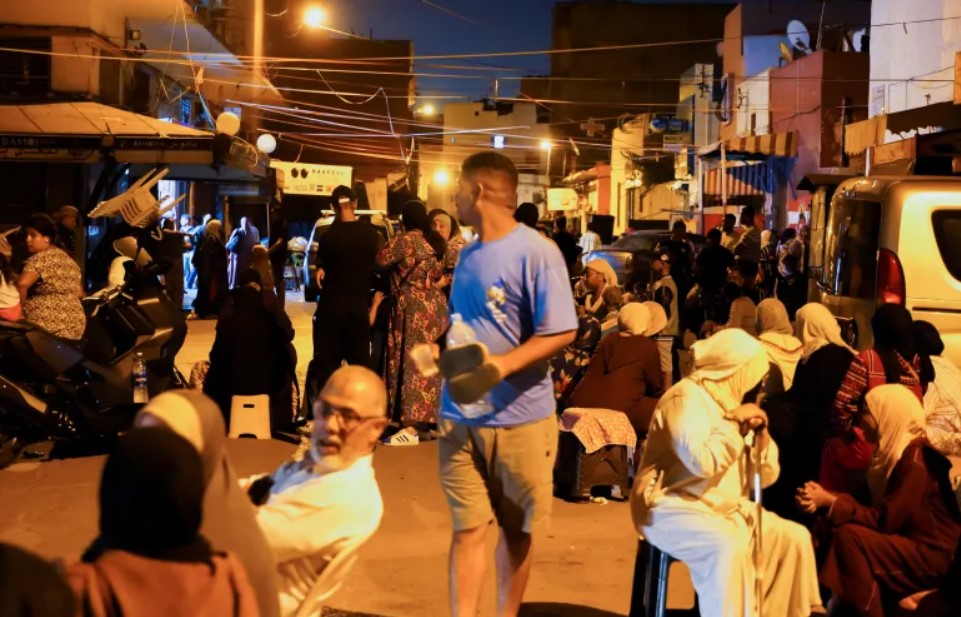
People gather on the streets of Casablanca after the earthquake. Photo: Al Jazeera
Earthquakes are relatively rare in North Africa. In 1960, a magnitude 5.8 earthquake struck near the Moroccan city of Agadir, killing thousands of people.
The Agadir earthquake forced Morocco to change its building regulations. However, many buildings, especially in rural areas, are still unable to withstand such tremors.
Friday's earthquake could be felt as far away as Portugal and Algeria , according to the Portuguese Institute of Sea and Atmosphere and the Algerian Civil Defense Agency, which oversees emergency response.
Nguyen Tuyet (According to AP, Channel News Asia)
Source


![[Photo] Bustling construction at key national traffic construction sites](https://vphoto.vietnam.vn/thumb/1200x675/vietnam/resource/IMAGE/2025/5/2/a99d56a8d6774aeab19bfccd372dc3e9)







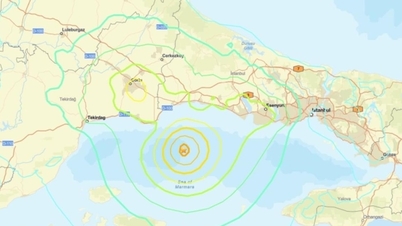




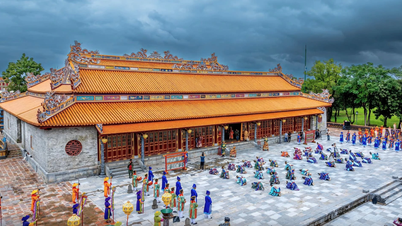













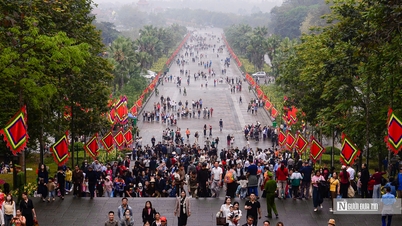





![[Photo] "Lovely" moments on the 30/4 holiday](https://vphoto.vietnam.vn/thumb/1200x675/vietnam/resource/IMAGE/2025/5/1/26d5d698f36b498287397db9e2f9d16c)
![[Photo] Binh Thuan organizes many special festivals on the occasion of April 30 and May 1](https://vphoto.vietnam.vn/thumb/1200x675/vietnam/resource/IMAGE/2025/5/1/5180af1d979642468ef6a3a9755d8d51)
















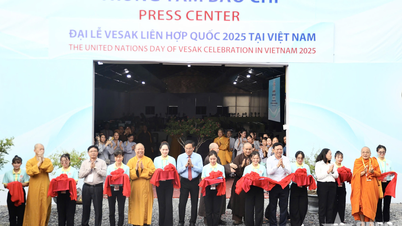





















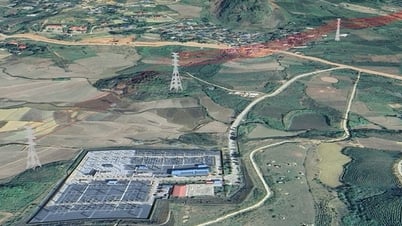
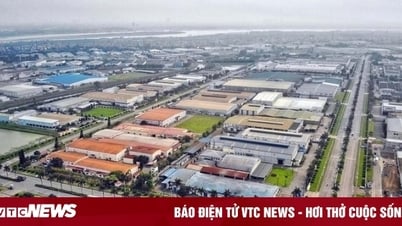









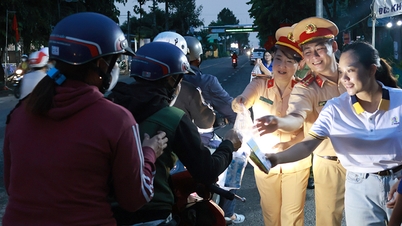






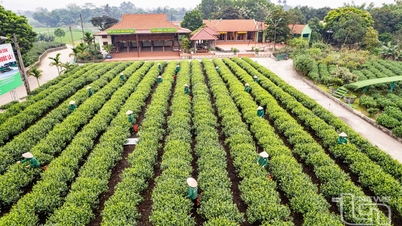

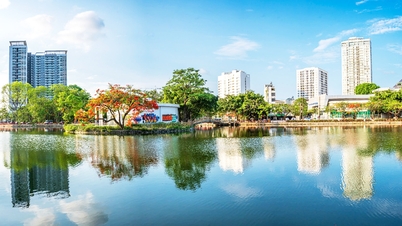








Comment (0)